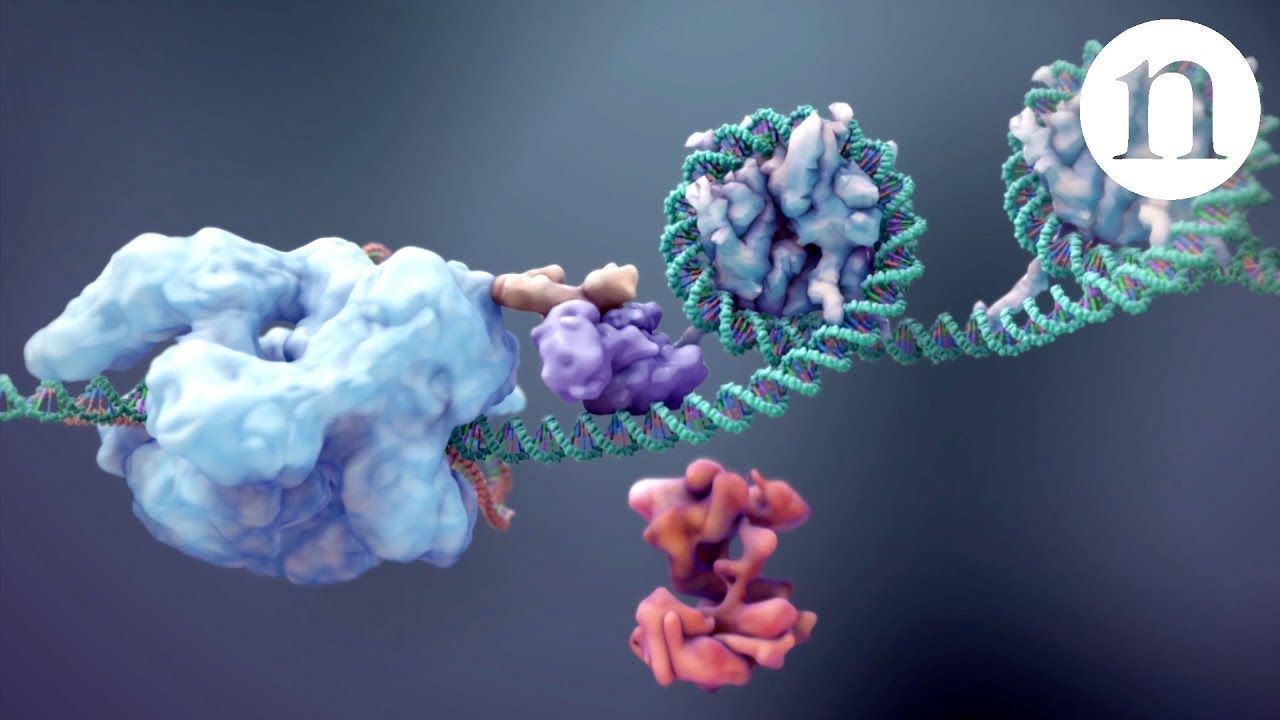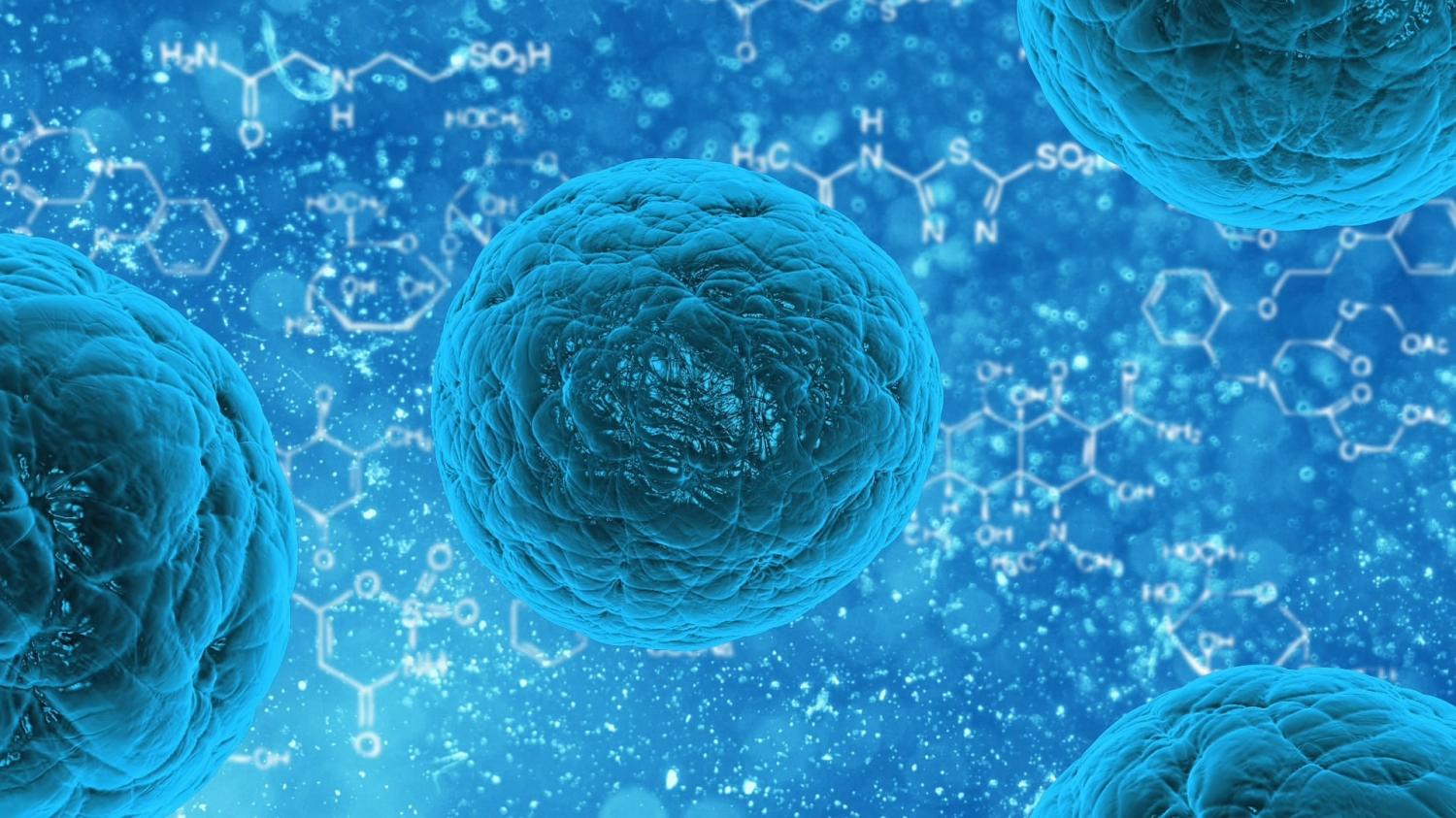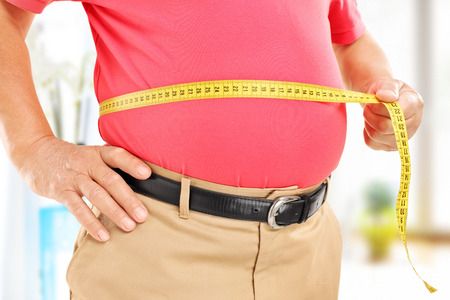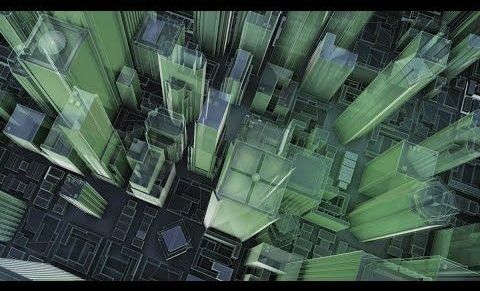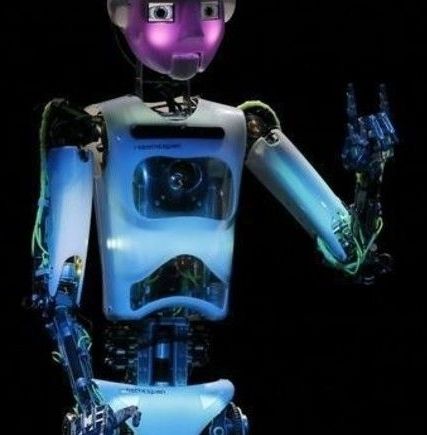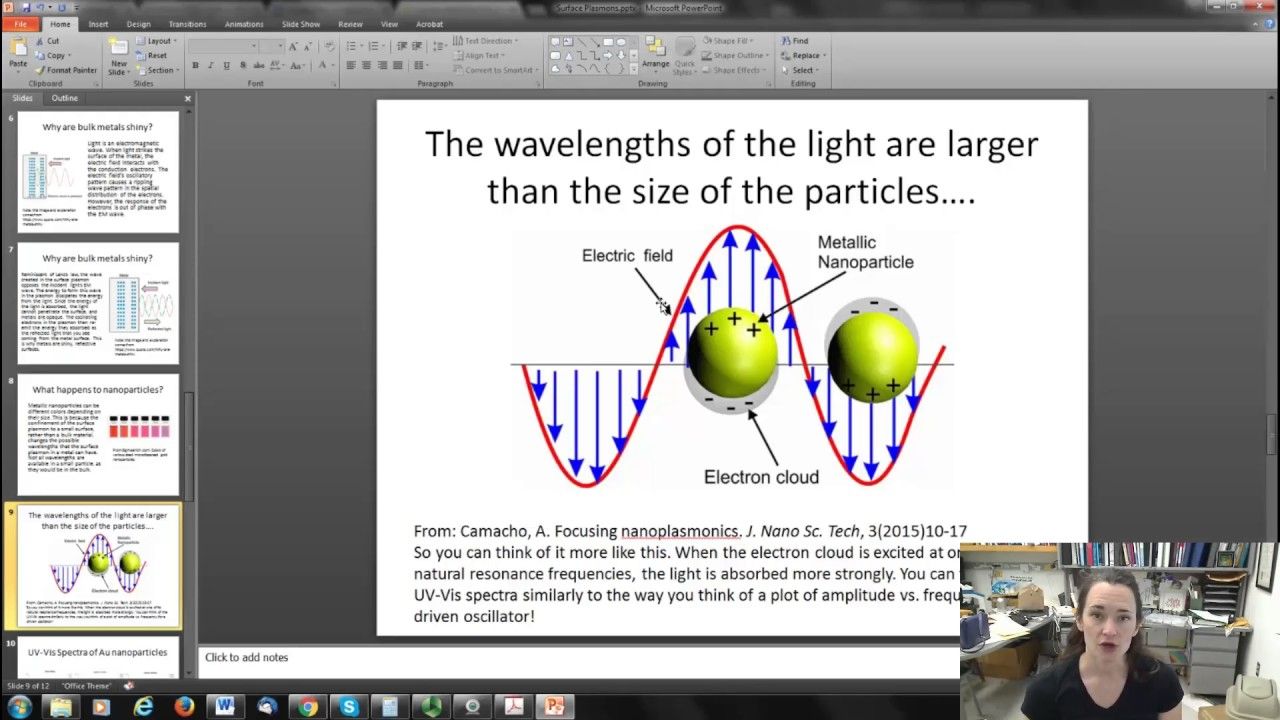
A worldwide team of senior scientists and clinicians have come together to produce an editorial which indicates that certain microbes — a specific virus and two specific types of bacteria — are major causes of Alzheimer’s Disease. Their paper, which has been published online in the highly regarded peer-reviewed journal, Journal of Alzheimer’s Disease, stresses the urgent need for further research — and more importantly, for clinical trials of anti-microbial and related agents to treat the disease.
This major call for action is based on substantial published evidence into Alzheimer’s. The team’s landmark editorial summarises the abundant data implicating these microbes, but until now this work has been largely ignored or dismissed as controversial — despite the absence of evidence to the contrary. Therefore, proposals for the funding of clinical trials have been refused, despite the fact that over 400 unsuccessful clinical trials for Alzheimer’s based on other concepts were carried out over a recent 10-year period.
Opposition to the microbial concepts resembles the fierce resistance to studies some years ago which showed that viruses cause certain types of cancer, and that a bacterium causes stomach ulcers. Those concepts were ultimately proved valid, leading to successful clinical trials and the subsequent development of appropriate treatments.
Continue reading “Landmark editorial identifies microbes as major cause of Alzheimer’s Disease” »
